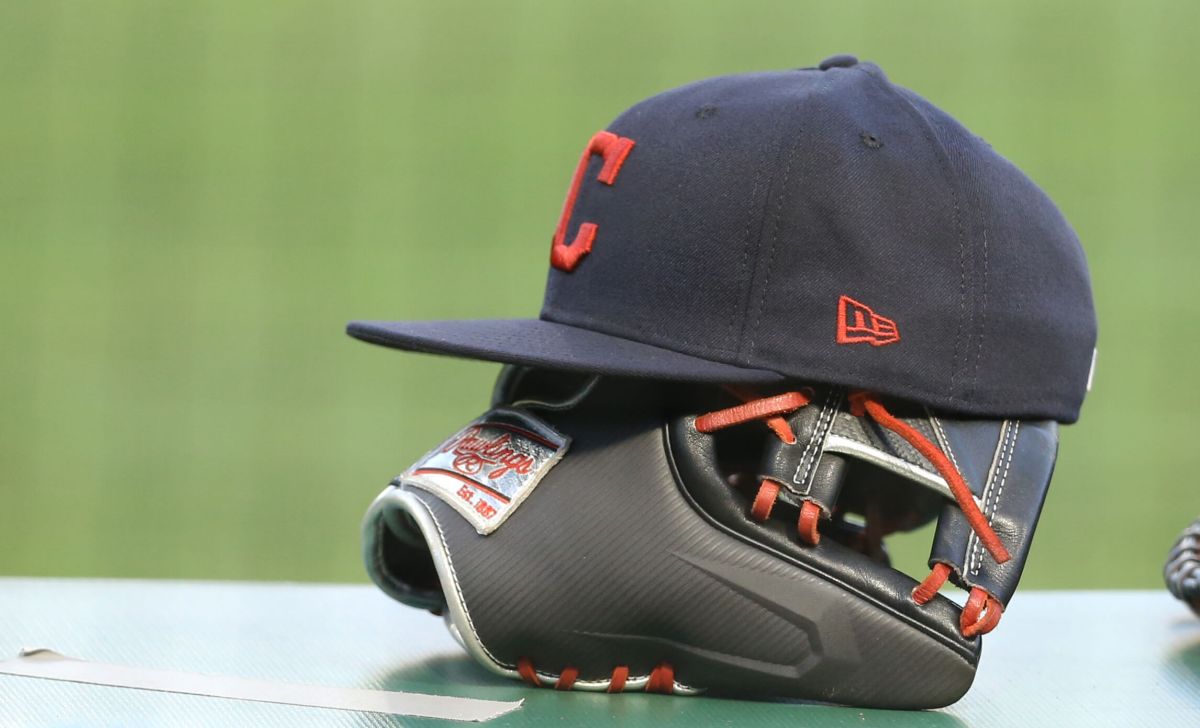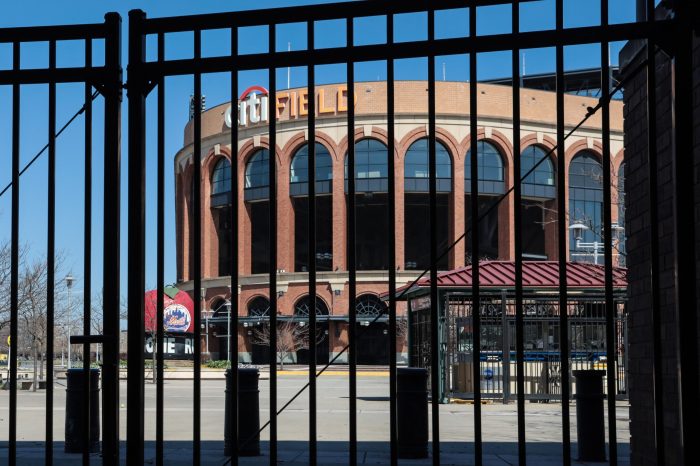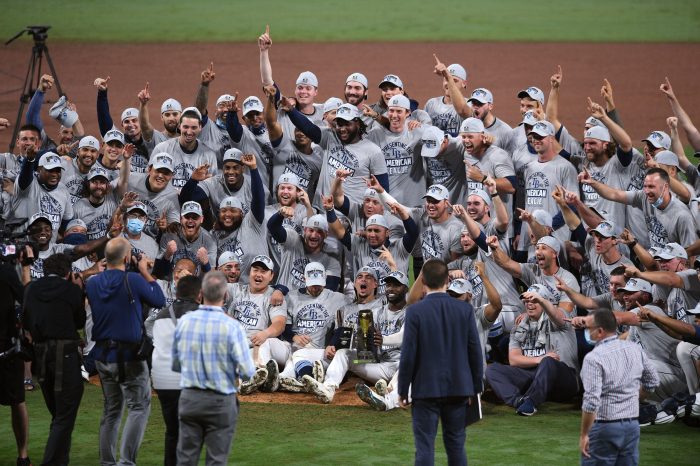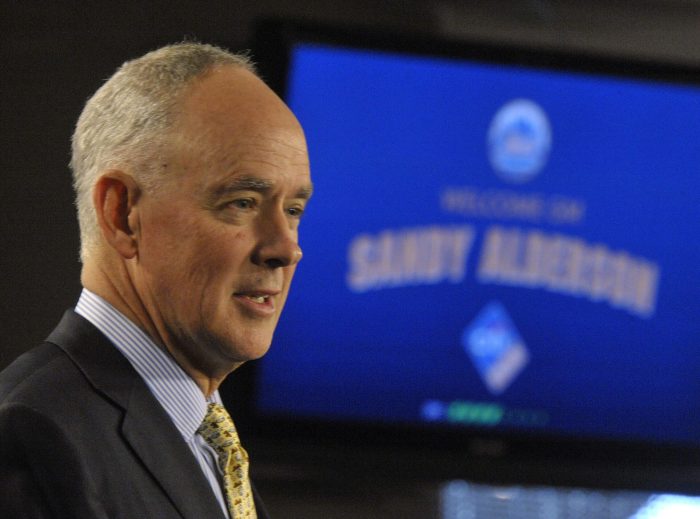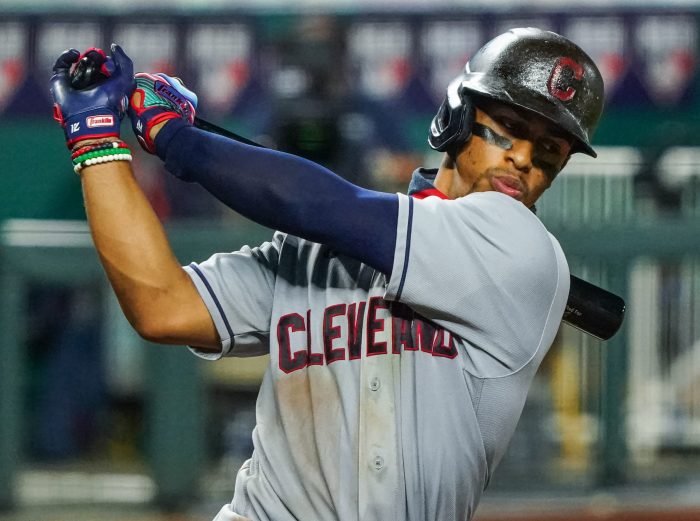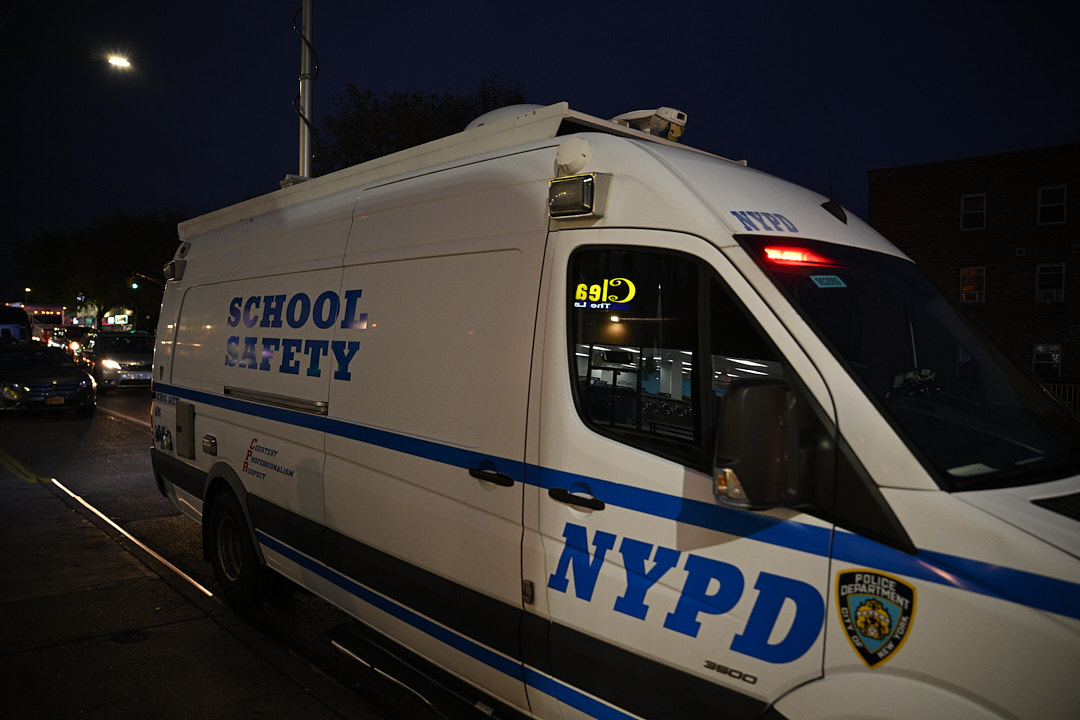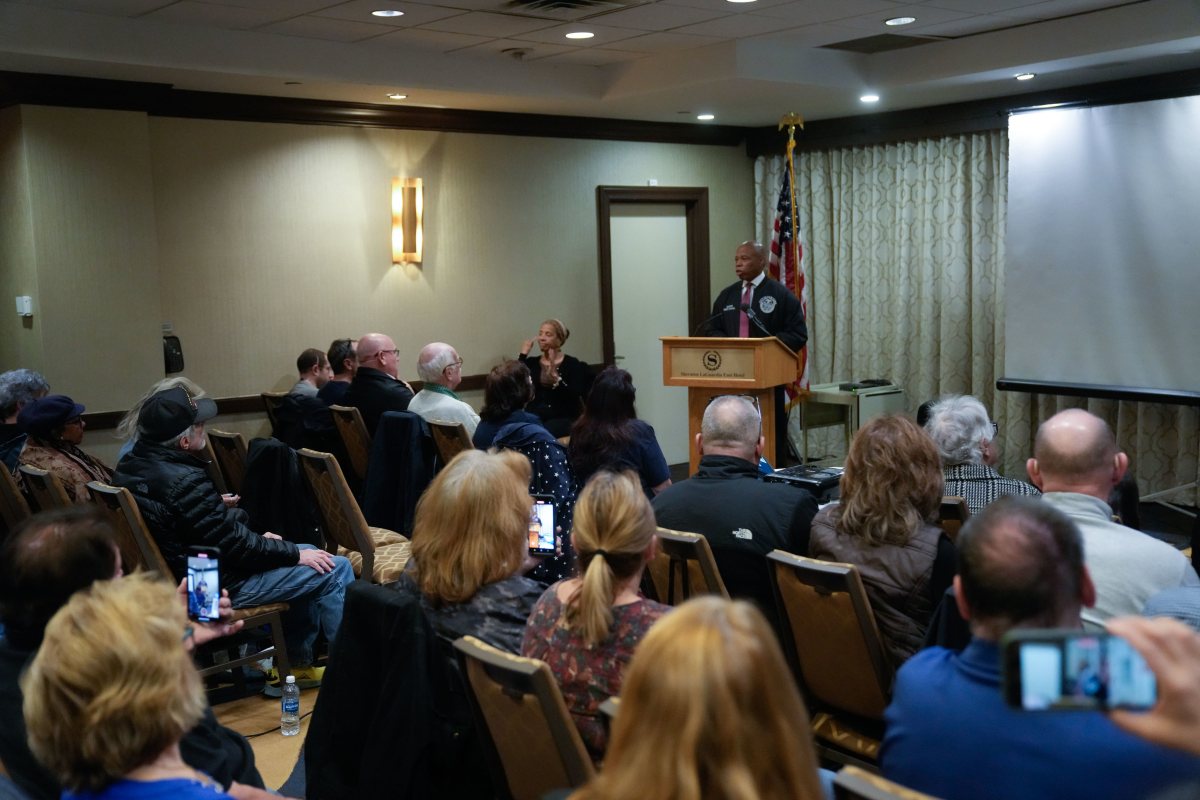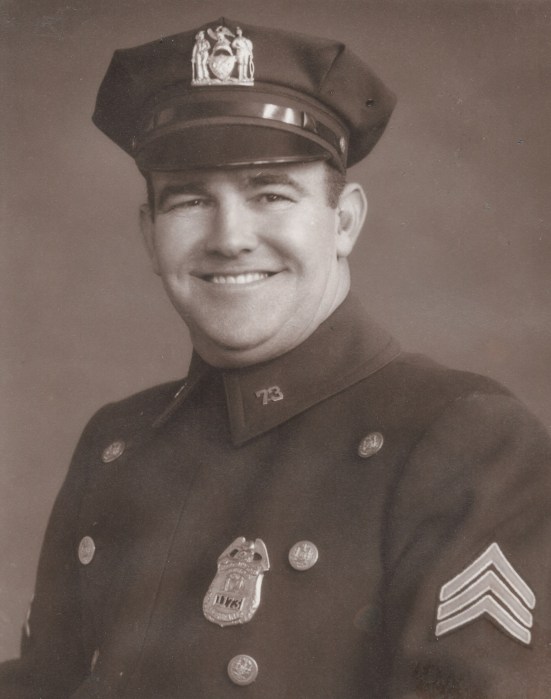After 105 years of using the mascot as its team name, the Cleveland baseball club will drop the name “Indians,” after years of protests from fans and Native American groups, as first reported by the New York Times.
An official announcement is expected to come this week, which would make Cleveland the second professional North American sports franchise to change its team name. The Washington Football Team dropped the offensive moniker “Redskins” in July, which had been used since the franchise was in Boston dating back to 1933.
Cleveland’s decision comes more than two years after the organization moved away from its “Chief Wahoo” logo, a caricature of a Native American that was deemed offensive and racist by many.
A simple rebrand would be to bring back the “Spiders” name, which was used for the city’s first professional baseball franchise after it made the jump to the National League in 1889. They were originally the Cleveland Blues of the American Association for two seasons. The decision to rename the Blues to the Spiders was because of the skinny physiques of many of the club’s players.
The Spiders were a second-division team for their first three seasons in the National League until 1892, when the legendary pitcher, Cy Young hit his stride, going 36-12 with a 1.93 ERA with nine shutouts in 453.0 innings pitched. They won 93 games that year and finished second to the Boston Beaneaters (now the Atlanta Braves).
In 1895 and 1896, they were the main competitors of the legendary Baltimore Orioles, a team that featured Hall-of-Famers Wee Willie Keeler, Joe Kelley, Hughie Jennings, and future legendary managers John McGraw, Wilbert Robinson, and Kid Gleason. They beat the Orioles in the Temple Cup in 1895, but lost it the very next year to Baltimore.
While Young gets most of the credit for the Spiders’ success — he won 240 of his all-time-best 511 games — the hitting prowess of Hall-of-Fame left fielder Jesse Burkett also helped put the franchise on the map. From 1895-1896, Burkett batted .408 with a 1.002 OPS, 89 extra-base-hits, and just 51 strikeouts in 1,141 at-bats.
But poor attendance angered team owner Frank Robison, a street-car magnate, and he punished the Cleveland fans by transferring his top talents (including Young and Burkett), to the St. Louis Perfectos, another NL team he purchased a few months earlier in 1898.
With a gutted roster referred to as the “Misfits” the Spiders went a dismal 20-134 in 1899 and were dropped from the National League after that season.
During those final three seasons, the Spiders were often referred to as the “Indians” because Louis Sockalexis, a Native American, played for the team.
Just two years after the Spiders’ disolving, Cleveland was awarded a franchise that became a charter member of the American League nicknamed the Blues. Again, that name didn’t last long as the team was unofficially known as the Bluebirds or Bronchos in 1902.
In 1903, they became the Cleveland Naps, named after superstar Napoleon Lajoie — one of the premier hitters of the era who was acquired during the 1902 season from the Philadelphia Athletics.
Lajoie would win four batting titles in Cleveland, averaging .339 over 13 seasons with the club on his way to 3,243 hits and the Hall of Fame.
Following his departure after the 1914 season, team owner Charles Somers brought back the “Indians” nickname.



